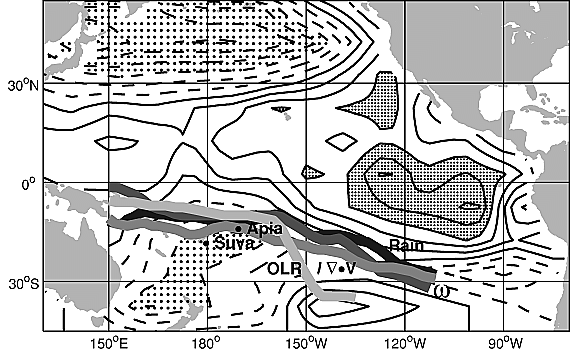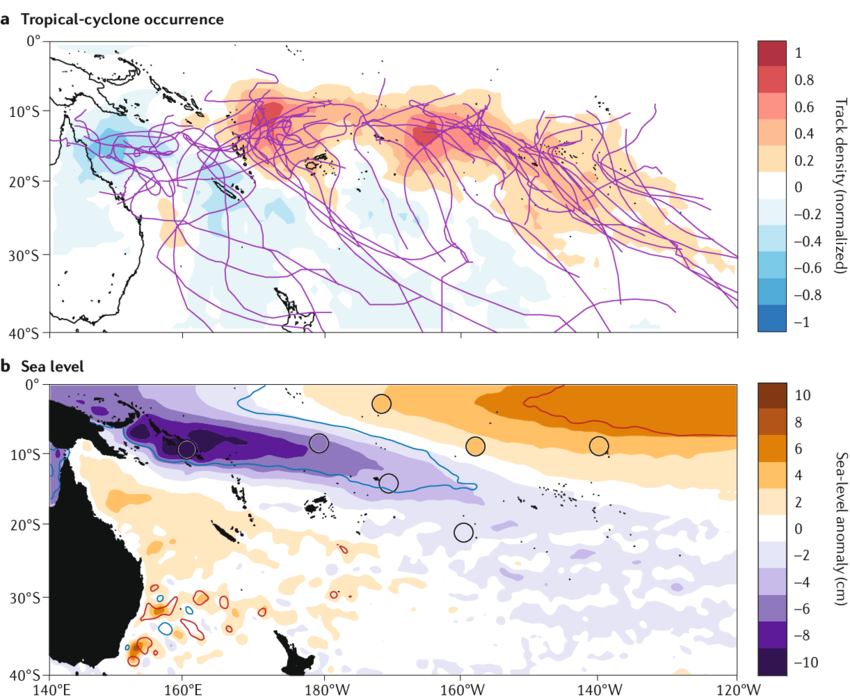This will resolve according to data from the Wikipedia article "2023–24 South Pacific cyclone season" on June 30, 2024 or once a 97-98 data point is exceeded - unless that data is obviously wrong (determined via a consensus of this market's contributors).
97-98 data has been taken from Wikipedia unless otherwise noted.
🏅 Top traders
| # | Name | Total profit |
|---|---|---|
| 1 | Ṁ200 | |
| 2 | Ṁ120 | |
| 3 | Ṁ37 | |
| 4 | Ṁ7 | |
| 5 | Ṁ3 |
People are also trading
@sarius All options except "More than $70.7 million (2022 dollars) in damages?" can resolve NO. straightforward from reading wikipedia, AFAIK. for the damages one, it now lists "unknown", not sure how that one is handled.
In short, I don't know if this is considered to help resolve this particular detail for the market, but as close as a guess as I could make is ~$19.7 million in 2022 USD (it is definitely not authoritative though!). Hopefully, this is informative:
I couldn't find a damages assessment, only a recovery cost listed in the Vanuatu advisory board. By estimating short term/immediate recovery costs from various tables I try to estimate the damages:
https://nab.vu/sites/default/files/documents/TC%20Lola%20Recovery%20Plan.pdf
On the total recovery cost:
"The total economic value of the recover cost caused by Tropical Cyclone Lola is estimated to be approximately VUV43,
280,671,271 billion".
The report was written in 2023. Referencing the average exchange rate in 2023 (https://www.exchangerates.org.uk/USD-VUV-spot-exchange-rates-history-2023.html) of $1 USD = 118.7102 VUV,
results in $364,591,006 in 2023 dollars. Referencing a (random) calculator online (https://www.usinflationcalculator.com/) this is $350,176,175 in 2022 dollars.
The recovery cost of $350,176,175 to the market's question figure of $70,700,000 is a ratio of ~4.95:1 (I reference this against the market figure in case anyone can make a plausible case what the ratio might need to exceed to resolve, as I cannot).
The individual recovery costs can be higher (as in the PDF they follow principles to "build back better", i.e. in the health sector this figure includes 20% in the health sector more than what they would cost to recover it).
The largest sector recovery cost is in the long term infrastructure costs (roads, airports, wharfs, etc.) which is ~ $40 billion VUV (which amounts to the vast majority of the recovery cost), but unfortunately they don't specify the relevant difference.
A breakdown to estimate damages:
Referencing the total in the left columns of the tables in pg. 10, 15, 16, 31, which are either considered "short-term", "immediate" or listed separately from "build back better"
(pg.10):
Housing: 2,034,500 (pg. 8) (*)
Water: 1,051,998,090 (pg. 9) (*)
Crops 95,199,996 (pg. 10)
Livestock 36,694,000 (pg. 10)
Fisheries 24,200,000 (pg. 10)
Telecommunications 9,832,000 (pg. 10)
Forestry 14,970,000 (pg. 10)
Education 651,200,000 (pg. 15)
Health 306,969,345 (pg. 16)
Infrastructure 247,250,000 (pg. 31)
(*) Are listed in summary so are figures I have least confidence in being close to the damages figures.
2,034,500 + 1,051,998,090 + 95,199,996 + 36,694,000 + 24,200,000 + 9,832,000 + 14,970,000 + 651,200,000 + 306,969,345 + 247,250,000 = VUV2,440,347,931
Converting to YUV to USD (2023): 2,440,347,931 / 118.7102 ~= $20,557,188
In 2022 USD: $19,744,419
Thanks for the detailed write-up! I buy that analysis, but also think N/A is a totally fair case.
@sarius can these resolve?
All these questions here is very convenient, but it makes it look like forecasting HARD mode 😂 .
https://www.cpc.ncep.noaa.gov/products/precip/CWlink/ghaz/index.php
On another note, this is an extended outlook that is updated on Tuesdays from the Climate prediction center at NCEP. I'll paste it here to remind myself to look at it once a week. (The graphic goes from week 2 to 3 and will be updated tomorrow I suppose). The discussion has already been updated though today.
Some reading material for myself as I don't know much about the Southern Pacific:
SPCZ: https://agupubs.onlinelibrary.wiley.com/doi/full/10.1029/2001GL014201

SPCZ variability from ENSO (Edit):

